Keeping It 100 With Bonded Whiskey
Hazmat bourbons are enjoying their 15 minutes at 150 proof. It's reminding me why I loved Bottled in Bond.
The American whiskey industry is taking cues from an unusually distant relative in recent years: the hot sauce industry. While hot sauce pushes the Scoville scale higher, American whiskey seems to be doing the same with the ABV.
The recent “Hazmat” trend has pushed “proof” — a scale from zero to 200 that determines alcohol content by volume — way beyond what was common even a decade ago.
I’ve enjoyed whiskeys in the 130s, tasted a few in the 150s, and heard someone mention a 160, but the truth is that not all whiskey is great at high proof — or even at its highest proof.
Perhaps then it’s good that we celebrated Bottled in Bond Day on Monday. The Bottled in Bond Act of 1897 was one of the country’s first consumer protections as they tried to legislate out dangerous practices (like adding tobacco) from the spirits industry, but it had some unforeseen consequences — good ones.
Bonded to The Rules
To be labeled ‘Bonded’ or ‘Bottled in Bond,’ a whiskey needs to enter the bottle at exactly 100 proof — no more, no less. That means every BIB whiskey that you taste is going to be the same percent alcohol by volume.
Bonded booze also has to meet another standard: all the whiskey in the bottle had to be distilled in the same six month “season.” That means every BIB whiskey that you taste will capture the character of that particular distillery at that particular moment in time, making it a nice little potable time capsule.
But bottled-in-bond bourbons are also just a great starting place to learn whiskey — everything’s the same proof, which makes it a great whiskey to taste in flights of two, or three, because there’s no jarring change in proof.
That’s not to say BIBs are homogenous — bonded bourbons range from just four years of age to decades. There are dozens of mashbills out there, other whiskey styles, and even some examples of bonded brandy and rum. Some have vintage dates. Some are single barrels. Some are really affordable.
What to Drink
I love pouring bonded flights for friends, and I love ordering them at bars. Here are some of my favorite bonded whiskeys and why you might want to add them to your rotation.
Great Bonded Bottles
Chattanooga Bottled in Bond ($53) pushes the limits of innovation by blending experimental mashbills to create their bonded batch. The current release, “A blend of three unique Tennessee High Malt mash bills barreled from July-December 2020,” is nutty, chocolatey and hints at raisin, which is a sort of “something for everyone” cookie recipe that blew my mind.
Bardstown Origins Series Bottled in Bond ($50) may not be as rare as some other things on this list, but the relative ease with which you can acquire it has led it to it becoming a trending staple on many bars —including mine. This distillery has always nailed the right balance of fruit, sweetness, and spice, but this heated bourbon’s stone fruit, toffee, and chocolate profile really nails the best potentials of wheated bourbon recipes around this age (6 years). Wax top what? Weller who?
Laws Bottled in Bond Bourbon ($85) is a great example of their best work at its best. This four-grain bourbon hits citrus, tea, and sandalwood notes while keeping the spices and vanilla notes on a tight leash. Great for the “something different” slot in a flight, but I usually put it in the middle of a three-piece tasting to get the best shock value.
New Riff Bottled in Bond Rye ($46) is an excellent bottle from a distillery that develops a really amazing barrel character in their whiskeys. Smoky-sweet spice and licorice, citrus — it’s packed with flavor. I’m ashamed to admit how many bottles of this have gone into cocktails, when it’s so good on its own, but a word of advice: introduce it to your next Manhattan.
Old Grand-Dad Bonded Bourbon (around $25) is easily the best value on this list, and a remarkably underappreciated whiskey in general. Big, bold rye spices give this a punchy character that I also love in cocktails. I keep a case just in case the good folks at Beam Suntory ever lose their minds. It’s in a warehouse, being overseen by “top men.”
Heaven Hill
It wouldn’t make sense to put together a list of bonded whiskeys without a by-name mention of Heaven Hill — one of the most significant bonded bottlers of the modern age.
Their Henry McKenna 10-Year Single Barrel Bottled-in-Bond Bourbon (around $50) has as many awards as it does words on the label (which is a lot), and while everyone in the Bluegrass State will tell you that the $15 Heaven Hill BIB 6-Year Bourbon was one of the greatest bottles ever made, the upscaled Heaven Hill 7-Year (also around $50) is even more delicious, if a little less of a bargain. At the top however reigns Old Fitzgerald ($90+), a label rebooted to showcase vintage whiskeys twice a year. You’ll see these at 9 years, 17 years — really all over the place.
McKenna generally tends a bit spicier and herbal compared with the round sweetness of Heaven Hill. As for Old Fitz, oak tends to dominate given the age range, but perhaps even more so than the McKenna Single Barrels, this one is different every time.
Jack Daniel’s
Despite the newness of all three of these bottles, Jack Daniel’s bonded whiskeys make for a cool flight of their own. For the three bottles in this collection, the Tennessee distillery offers its classic Tennessee Whiskey mashbill in bonded form ($30) along with its Rye recipe ($32).
The final (and newest) member of the collection is Triple Mash ($33) which offers a look at what happens when Jack Daniels blends its rye, Tennessee, and Single Malt whiskeys into a final Megazord blend. Surprisingly, it’s the best of the bunch — at least for me.
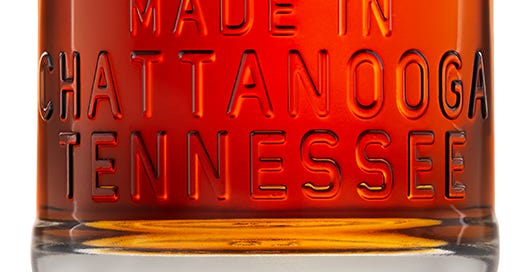


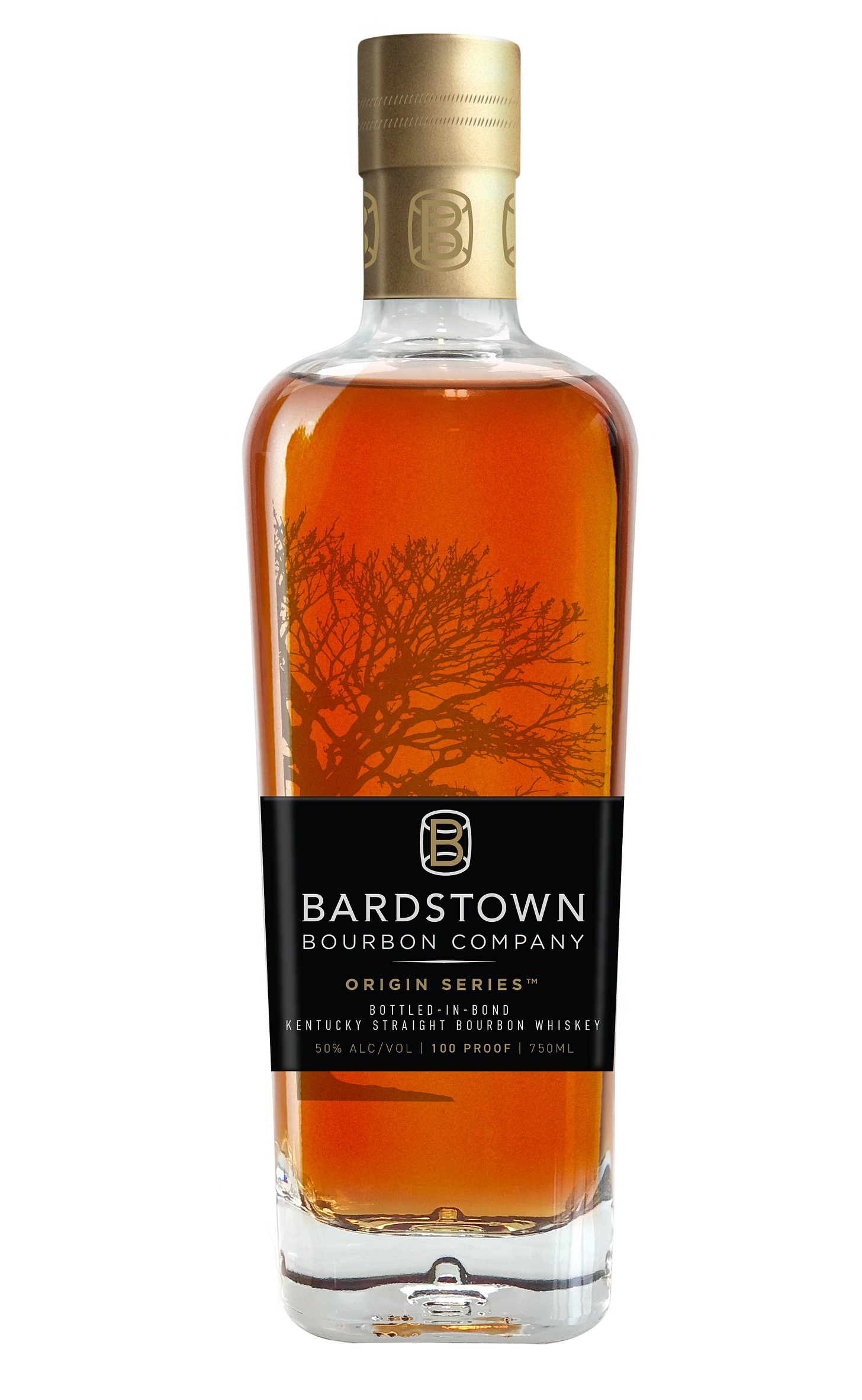
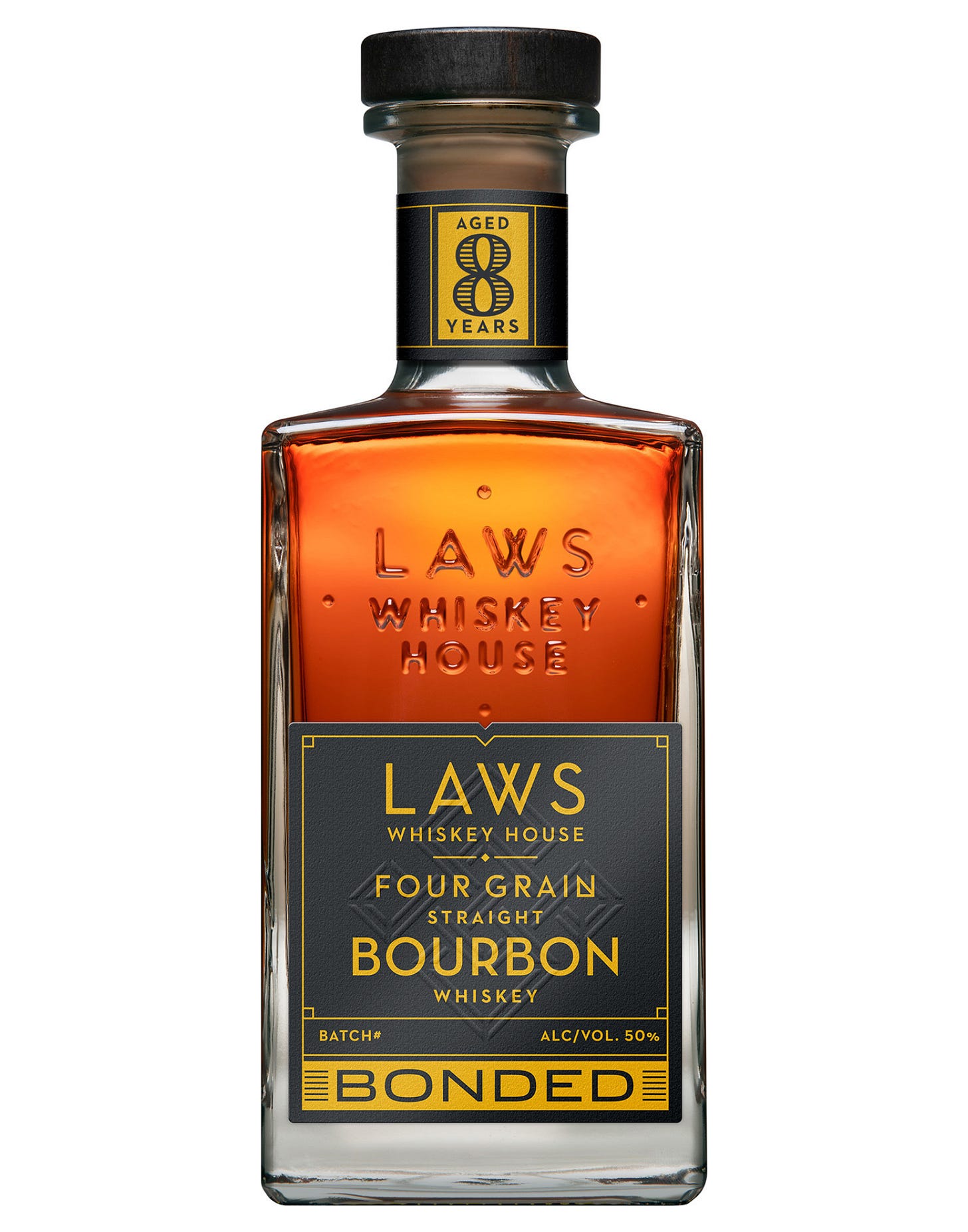
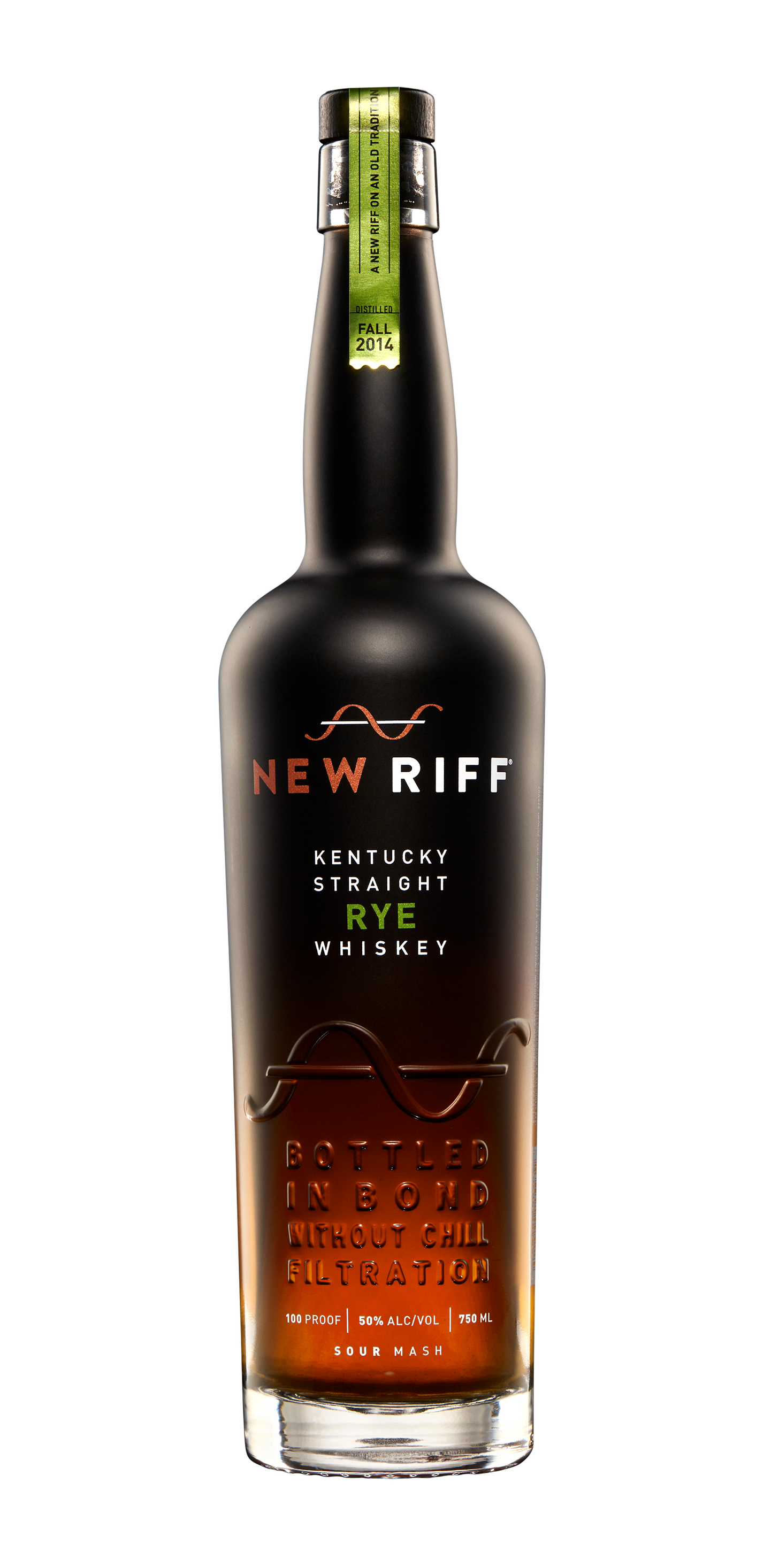
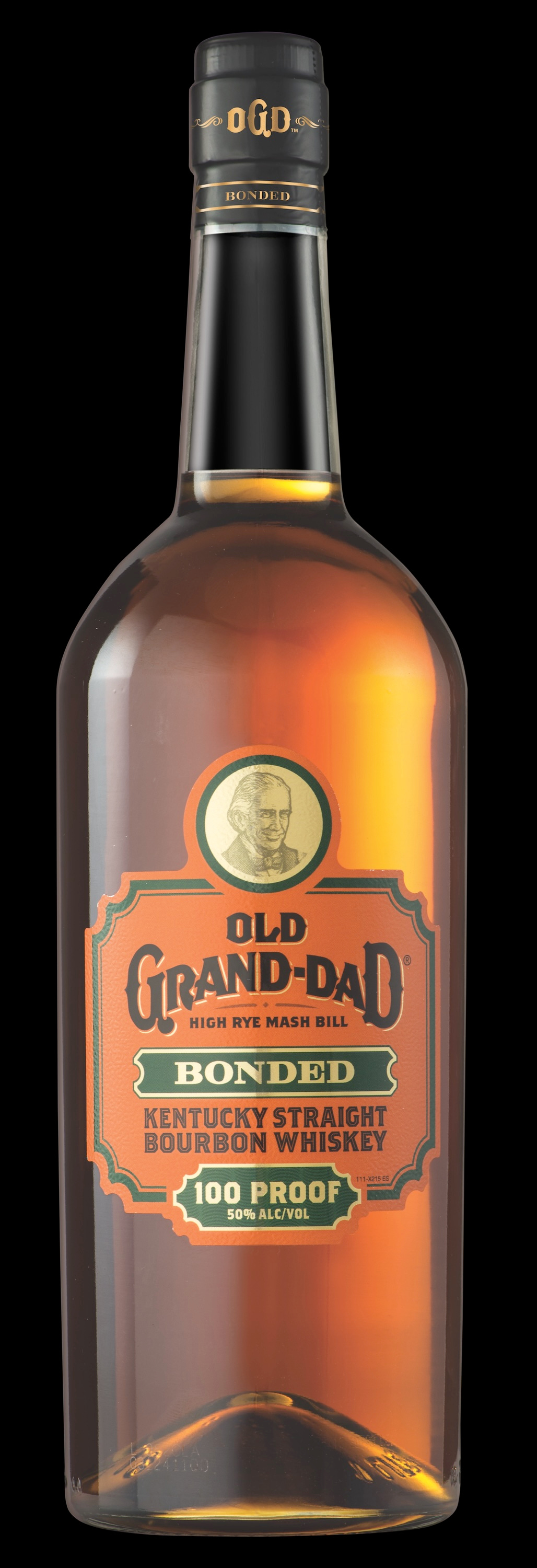
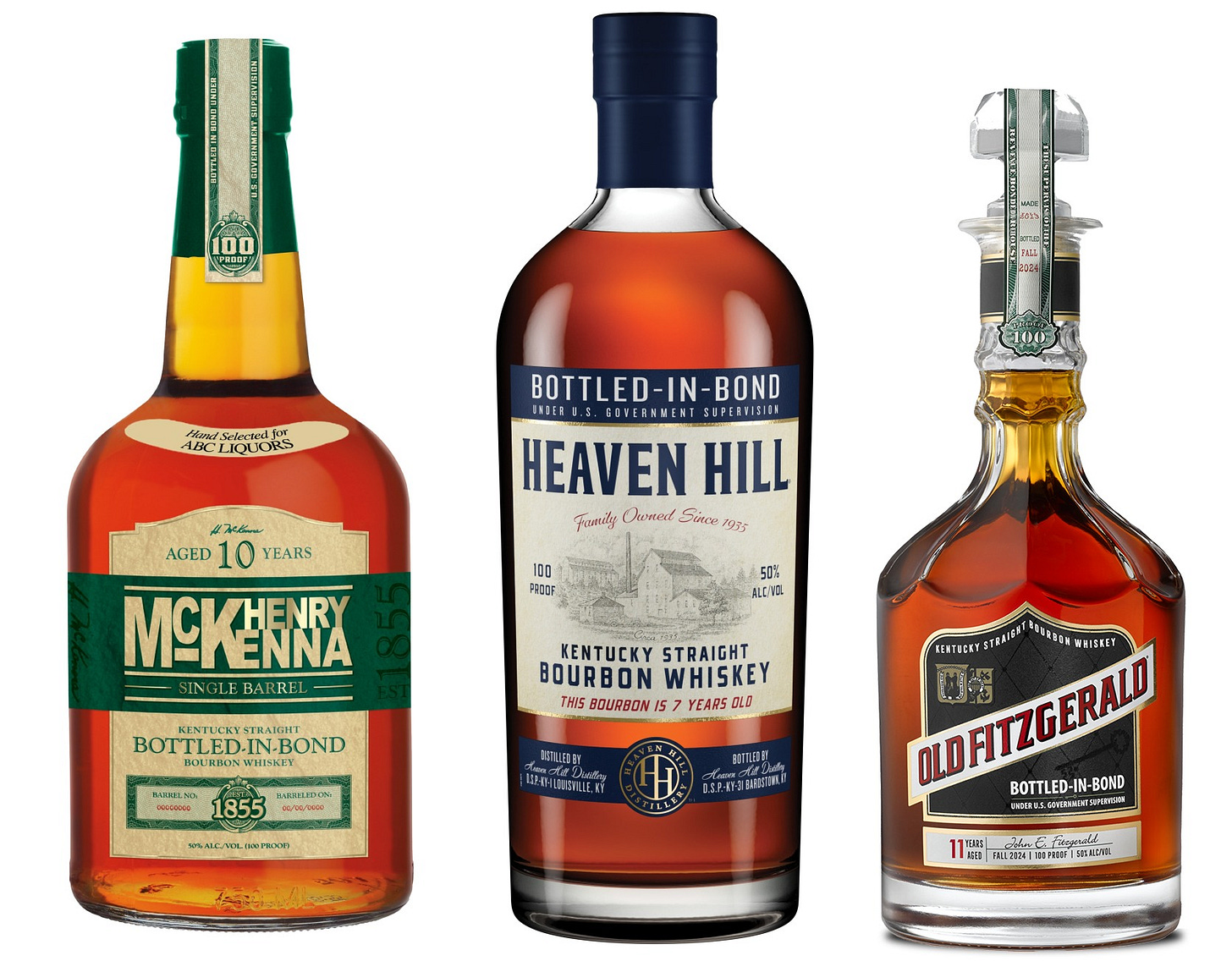
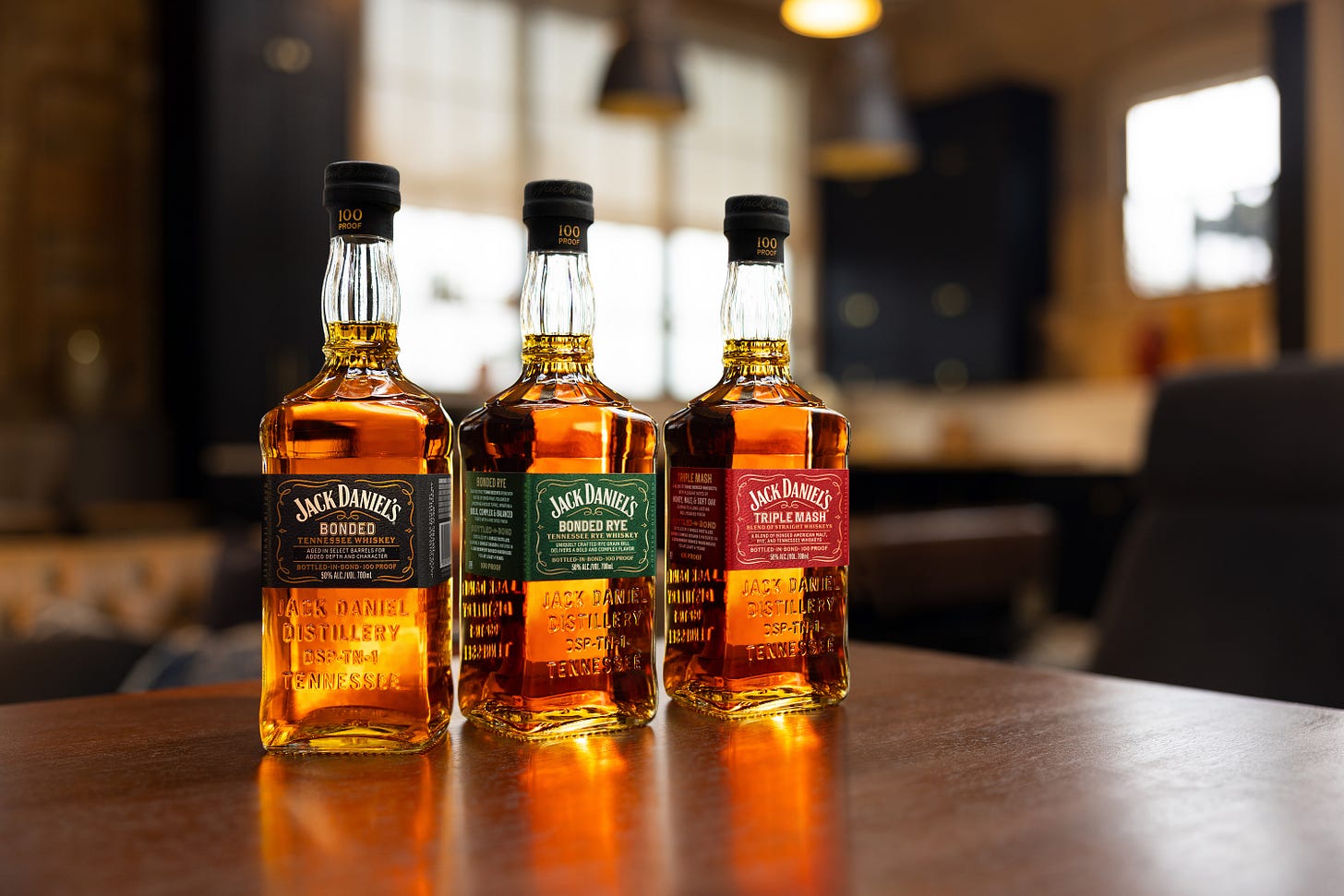
I like these selections! Most of these are personal go-tos as well.
Great job Clay! I love the trio of OG BiB. Cheers!